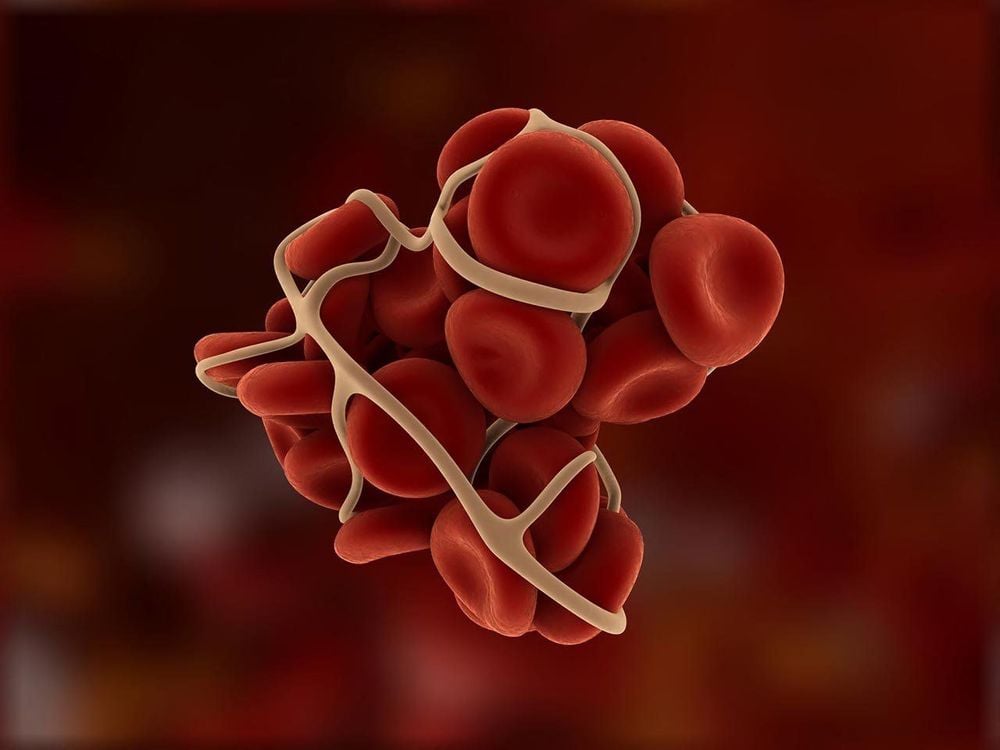This article has been consulted with MD, Pham Thi Mai Nhung - Obstetrician and Gynecologist - Department of Obstetrics and Gynecology - Vinmec International General Hospital Da Nang.
Vaginal hematoma and perineal hematoma are common complications after childbirth, especially in first-time mothers, those with rapid deliveries, those who have undergone episiotomy, those with hypervascularity in the perineal area, and those with coagulation disorders. In cases of large vaginal or perineal hematomas, the patient needs to undergo gynecological surgery to remove the hematoma.
1. Symptoms of vaginal hematoma After Childbirth
Vaginal and perineal hematomas usually do not present specific symptoms. The mother may not feel any pain. Upon closer observation, there may be a feeling of heaviness in the vaginal and vulvar areas. The hematoma can create a sensation similar to the urge to push during labor due to pressure on the rectum.
Although there may be no specific symptoms, vaginal hematomas can often be detected visually when observing the vagina. In some cases, they may be harder to detect and require vaginal examination or the use of a speculum for accurate diagnosis.

2. Is vaginal hematoma and perineal hematoma dangerous?
Vaginal and perineal hematomas can progress in two ways:
- First, a small hematoma may gradually resolve on its own, decreasing in size over several weeks. Eventually, it may reduce to a very small, hard mass, which can be painful when palpated.
- Second, a hematoma can increase in size, become tense, and rupture, leading to significant bleeding. This can cause the mother to go into shock due to excessive and rapid blood loss.
3. Treatment of Vaginal and Perineal Hematomas
If the hematoma is not enlarging, the patient does not need a puncture , and the hematoma has little impact on their quality of life.
Intervention is necessary in the following cases:
- The hematoma shows a tendency to increase in size rapidly.
- There is rupture of major blood vessels.

- The hematoma causes significant pain for the patient.
- The hematoma is infected, leading to abscess formation or fistulas.
After examination, the doctor will provide appropriate advice and treatment options based on the patient's condition.
4. Removing Vaginal Hematoma and Perineal Hematoma
The doctor will make a puncture at the highest point of the hematoma, creating a small opening. Through this small opening, the blood clot will be drained, and a gauze soaked in antiseptic will be inserted. The gauze will remain in the hematoma for 24 hours. After that, the patient will need to take antibiotics as prescribed by the doctor.
In cases where the hematoma is large and has ruptured, an incision will be made to remove the blood clot, followed by suturing with X-stitches to control bleeding. After ligating the blood vessels, antiseptic gauze will be inserted and left in place for 24 hours.
To arrange an appointment, please call HOTLINE or make your reservation directly HERE. You may also download the MyVinmec app to schedule appointments faster and manage your reservations more conveniently.
To arrange an appointment, please call HOTLINE or make your reservation directly HERE. You may also download the MyVinmec app to schedule appointments faster and manage your reservations more conveniently.


